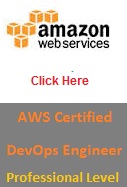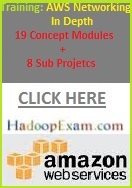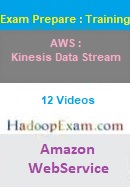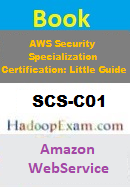Question-6: You have been hired by an Oil and Gas company as a Machine learning expert and you have been given 3D seismic data to identify geological features like it can hold or trap oil and gas deposits. And being a Machine Learning expert, you need create customized-segmentation models. Which of the following AWS services can help for this requirement?
- AWS Lex
- AWS SageMaker
- Apache MXNet on AWS
- AWS S3
- AWS DynamoDB
- AWS Redshift
Answer: B, C, D
Exp: Interpreting 3D seismic data correctly helps identify geological features that may hold or trap oil and gas deposits. Amazon SageMaker and Apache MXNet on AWS can automate horizon picking using deep learning techniques. You need to build and train a custom deep-learning model for the interpretation of geological features on 3D seismic data. You should know how you can quickly and easily create customized semantic-segmentation models.
Understanding subsurface geology is critical for determining where and how deep to drill, optimizing oil and gas production, and so on. A technology called 3D seismic imaging turns seismic data into images, which then requires identifying geologic layers (such as salt bodies) and structures (such as faults and folds). This manual identification process, called “picking horizons,” can take weeks.
Manual horizon picking can be automated using deep learning techniques such as semantic segmentation, which uses deep convolutional neural networks for feature extraction and dense layers for segmentation and classification. However, to train a deep learning model for seismic applications, GPUs are required.
Use the following steps to do semantic segmentation in Amazon SageMaker:
- Upload the data: you have for the model training.
- Prepare the images: using the data, When the data is prepared, upload it to Amazon S3.
- Train the model: run the image classification deep neural network on a GPU instance.
- Deploy the model: After training, deploy the model on the cloud for making real-time predictions. Similar to training, you can select the type and count of instances on which to deploy your model














